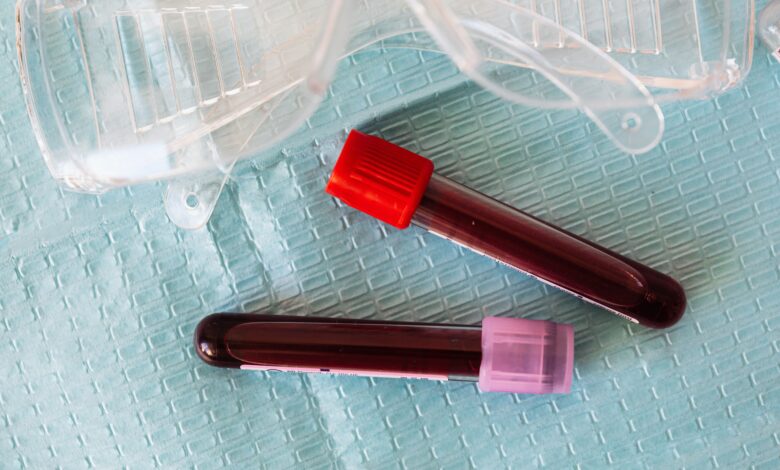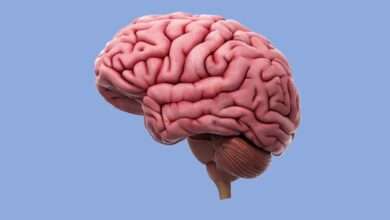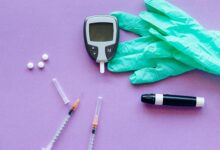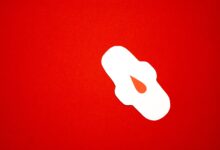O+: blood group characteristics

the characteristics of this blood group
Receiver only from group O
A group O subject has neither antigen A nor antigen B. He can therefore only receive blood from group O because his serum contains anti-A and anti-B antibodies. In the presence of red blood cells of blood groups A, B and AB, the antibodies destroy them as if they were attacking a virus. We are talking about hemolysis.
Donor only for Rh + groups
A subject of group O+ has a positive rhesus (RHD+). He can therefore only donate his blood to subjects of this same rhesus (RHD): only individuals A+, B+, AB+ and O+ can receive his red blood cells . In France, rhesus positives (RHD+) are much more common than rhesus negatives (RHD-). Indeed, nearly 85% of French people have a positive rhesus .
As a reminder, the Rhesus system (RHD) is determined by the presence or absence of the D antigen on the red blood cells. If substance D , which is an antigen, is found on the surface of the blood cells, the rhesus is positive (RHD+). When there is no substance D on the surface of the red blood cells, rhesus is negative (RHD-).
Learn about the properties and nutritional values of garlic
What is a blood group?
An individual’s blood group corresponds to the antigens present or absent on the surface of their red blood cells. A blood group has a set of properties that classify individuals in order to define optimal compatibility during a blood transfusion .
Blood groups are transmitted hereditarily, according to the laws of genetics. The best known blood group system is the rhesus system as well as the ABO system (which includes groups A, B, AB and O), identified in 1901 as Karl Landsteiner (1868-1943), physician and biologist.














